Search Results for Tag: glaciers
Greenland on the horizon

Your iceblogger on the Greenland ice sheet. Time for another visit. (Pic: I.Quaile)
When I first visited Greenland back in 2009, it was not a place that made the news very often. This summer, as I prepare for another visit, I have been reading, hearing and viewing quite a bit about Greenland recently – and most of it was alarming.
Dark news from the white island
“Sea level fears as Greenland darkens” was the headline of a piece by David Shukman for the BBC. It reports on the findings of the “Black and Bloom” research project, looking at how increasing algae blooms through climate warming are darkening the ice sheet, meaning it absorbs more heat from the sun instead of reflecting it back into space.
Scientists are keenly observing the cracking of Greenland’s Petermann glacier. It has not made headlines on the same scale as the giant Larsen C iceberg in the Antarctic, but scientists tell us it is highly significant in terms of impacts clearly attributable to climate change. On Twitter, @Petermann_Ice provides regular updates. NSIDC provides daily information on the Greenland ice sheet in general.
Earlier this summer, a tsunami played havoc and caused loss of life in a small settlement on the west coast of the island. Ice melt is now thought to have played a key role.

The Greenland ice sheet, picture taken 2009. Recent studies say algae is making it darker(I.Quaile)
Faraway Greenland a global concern
While I don’t grudge the beautiful ice island the media attention, the reason it has been making headlines is a huge cause for concern. Climate change is melting the massive ice sheet increasingly fast, involving feedback effects which are hard to predict, and already affecting global sea level and weather patterns.
With this year’s UN climate conference, scheduled to be held right next to our DW headquarters here in Bonn, looming large on the horizon in three months time, I will be paying a visit to the icy island to see first-hand how climate change is affecting Greenland and the people who live there, and what scientists are finding out about the state of the northern hemisphere’s biggest body of freshwater. The massive ice sheet that (still) covers 80 percent of the world’s biggest island has the potential to increase global sea levels by 7 meters, if it were to melt completely.
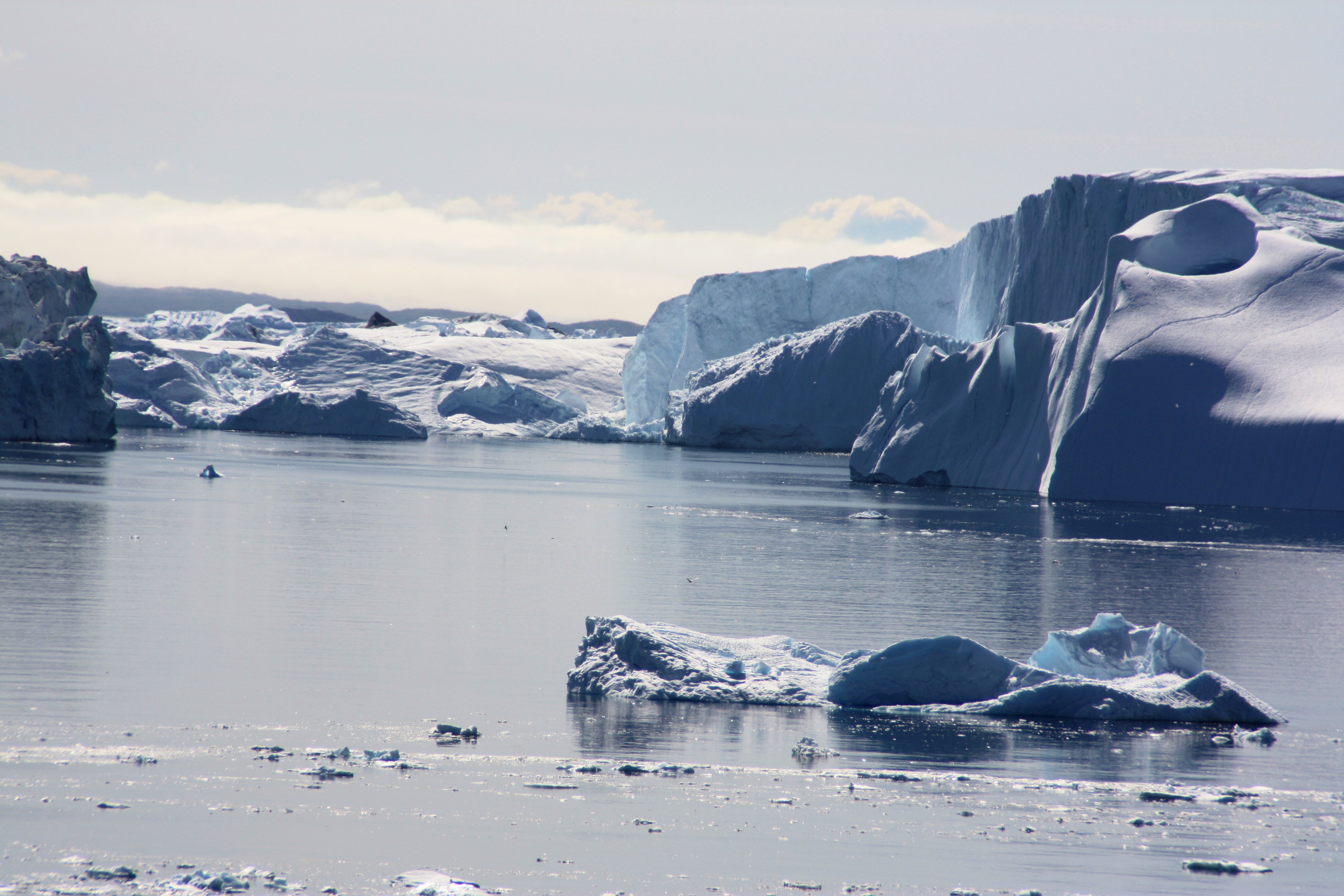
The ice sheet discharges icebergs into the sea (I. Quaile)
Now while that extreme is not something I worry about happening any time soon, I am concerned that the ice is melting ever faster and already contributing more to sea rise than it used to, with clear consequences for low lying coastal areas in many parts of the world. Even that massive ice sheet, more than three kilometers thick at its highest point, which has covered Greenland for two to three million years, is not safe from our human-induced global warming.
Lucky for some?
Of course the Greenlanders themselves are experiencing considerable changes to the environment they live in. The sea ice they relied on has dwindled in summer, shortening the time when it can be used as a reliable platform for people to travel from place to place by dog sled or snowmobile. Thawing permafrost is creating problems for some buildings. Traditional hunters and fishermen are having to change their lifestyles.
At the same time, given the harsh conditions in Greenland, especially in winter, it’s not hard to understand why some Greenlanders are not too upset about the climate getting a bit warmer. Grow more fruit and veggies. Earn revenue from easier mining, shipping, drilling – maybe enough to fund complete independence from Greenland? The worries of small island states in the Pacific may well seem a world away. But there is no escaping the fact that melting Greenland ice is raising sea level and changing weather patterns all over the globe, even in unlikely places like Africa.
So – it’s time for the Iceblogger to get the gear ready. The ice island is getting warmer. But I won’t pack my bikini for this trip. There has been a lot of snow this summer. I hear the occasional sceptic saying, “see, more snow. Where’s your warming?” I am happy to refer them to expert Jason Box:
low surface ice loss on Greenland this year due to heavy snowfall – consistent with climate warming
Climate Central also takes up the subject.
Yes, climate warming is in this case resulting in more snow. At least the field reports from “Eastgrip”, the East Greenland Ice-Core Project, tell me that means there are fewer mosquitos around. Think positive.
I will be heading first to Kangerlussuaq, the departure point for expeditions to the ‘”inland ice” of Greenland at the weekend. Look out for a post from there some time soon.
Greenland earthquake and tsunami – hazards of melting ice?
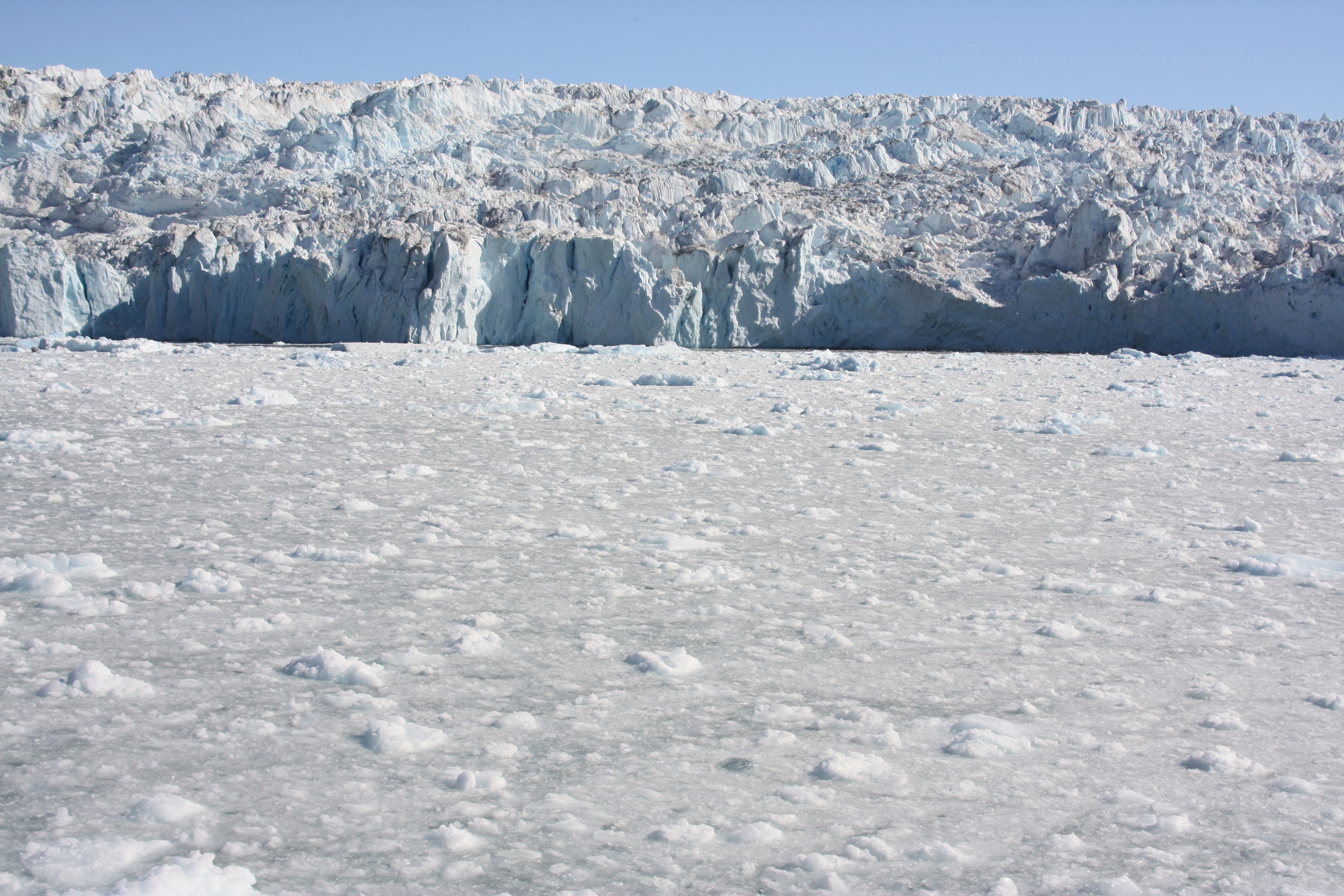
Is gradual CO2 increase speeding up Greenland ice sheet melt? (Pic: I.Quaile)
Following the news over the weekend with a trip to Greenland this summer at the back of my mind, my attention was immediately caught by reports of a tsunami and earthquake in Greenland. Four people were reported missing. Buildings had been swept away, including the power station on the island of Nuugaatsiaq. Greenland is not the first place that comes to mind in connection with earthquakes and tsunamis. But in fact they are not as rare as you might think.
The cause of the weekend’s event is still unclear. But a tweet from the Greenland Climate Research Centre links to an article in the Washington Post from June 25 2015:
“Glacial earthquakes”
The article reports on a paper published in the journal Science at that time by researchers from Swansea University in the UK, the Lamont-Doherty Earth Observatory at Columbia University and several other institutions. It says the loss of Greenland’s ice can generate “glacial earthquakes”.
“When vast icebergs break off at the end of tidal glaciers, they tumble in the water and jam the glaciers themselves backwards. The result is a seismic event detectable across the Earth”.
Worrying reading indeed, as GCRC wrote in their tweet.
The Washington Post article quoted Meredith Nettles from Columbia, one of the co-authors.
She specifically mentions the tsunami effect:
“The tsunami is caused because the iceberg has to move a lot of water out of the way as it tips over”.

Arctic icebergs can displace a lot of water (Pic: I.Quaile, Greenland)
Too early to say
I have been trying to find more information on what the experts think caused this weekend’s particular event. So far, there is no clarity. But the GCRC tweet with link to the Washington Post article seems to indicate they think it could be ice-related.
Another theory is that the quake and tsunami were caused by a landslide. The news agency DPA says the Geological Survey of Denmark and Greenland are still trying to determine the cause of the tsunami.
“Initially, geologists believed it was triggered by an earthquake, but another theory blamed a large landslide from one of the mountains on the fjord system”.
It seems the Danish Arctic Commando published images showing signs of an extensive landslide.
“Tsunamis and large waves at times affect Greenland’s coasts, but, according to the Geological Survey, they are usually caused by landslides and the breaking off of ice from melting glaciers”, the agency writes.
DPA earlier noted that the Danish earthquake authority GEUS had recorded a 4.0 quake.
Warning from Greenland ice cores
One way or other, the weekend tsunami is unlikely to allay anxiety about the effects of rapidly melting substantial quantities of ice.
And a study just published by Germany’s Alfred-Wegener-Institute (AWI) provides more food for thought about human-induced changes to our climate. It indicates that the gradual nature of the changes we are making to the CO2 concentration in the atmosphere is no guarantee that the resulting climate change will also be gradual. On the contrary. Computer models based on information from ice cores from Greenland show that in high latitudes of the northern hemisphere, there were abrupt changes in climate, which the scientists attribute to a gradual increase in CO2.
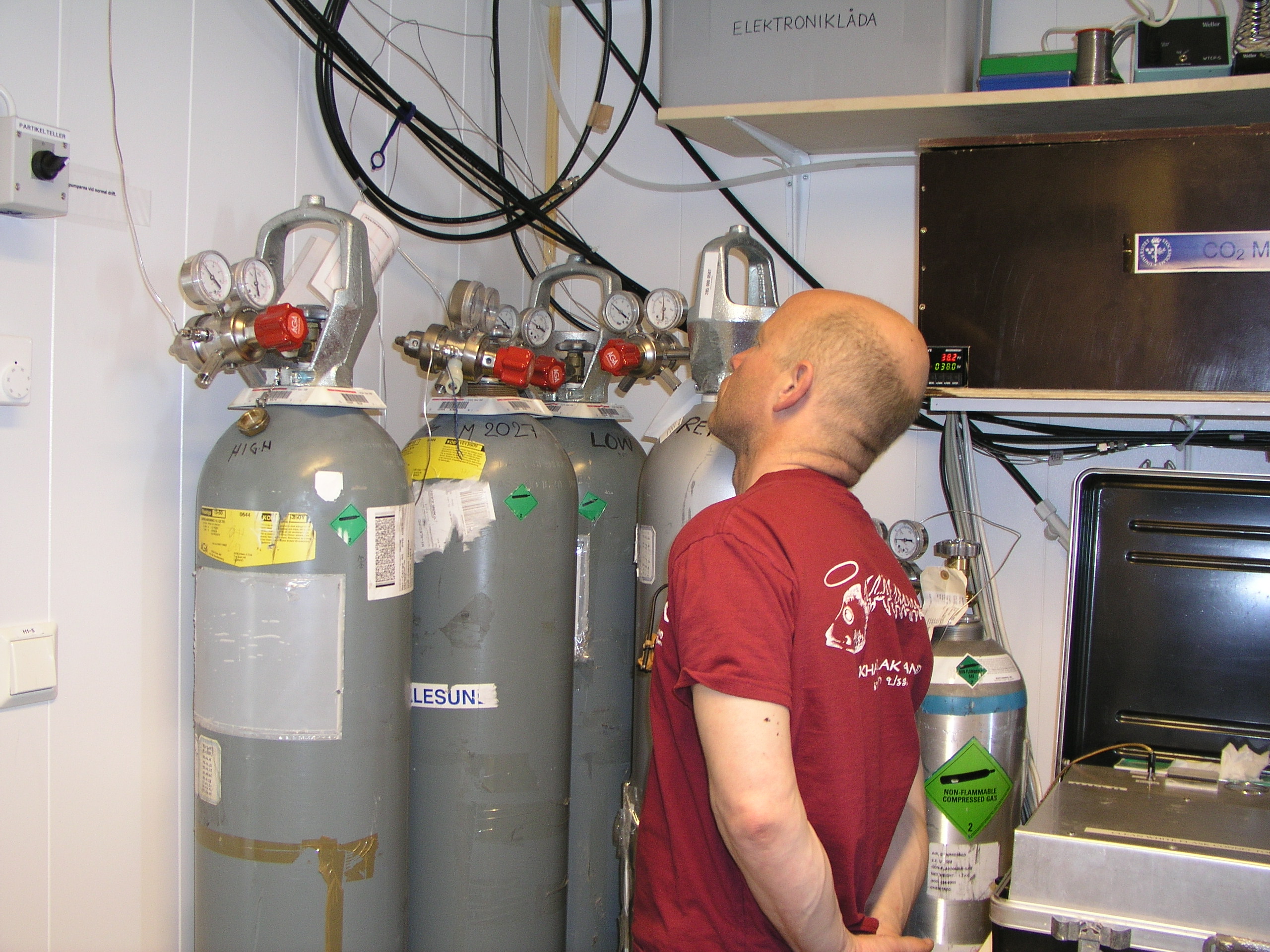
Rising CO2 emissions – no part of the world is spared (Measuring station on Svalbard, Pic. Quaile)
During the last ice age, they say that the influence of atmospheric CO2 on the North Atlantic Current within a few decades led to an increase in temperature of up to 10 degrees Celsius in Greenland. The study, published in the journal Nature Geoscience, by scientists from AWI and the University of Cardiff shows that in recent earth history, there have been situations when gradual increases in CO2 concentrations at what are known as “tipping points” led to abrupt changes in ocean circulation and climate.
Sudden warm age on the horizon?
Lead author Xu Zhang says the study is the first to prove that a gradual increase in CO2 can set off very rapid warming, based on interactions between ocean currents and the atmosphere.
The authors also show that the rise in CO2 is the main cause of chances in ocean currents during the transition from an ice age to a warm period.
Of course, they add, the framework conditions today are different from those during an ice age, so it is not possible to say the rise in CO2 will have similar effects in future.
But they say they can definitely show that there were abrupt climate changes in Earth’s history, which can be traced back to continual rises in CO2 concentrations.
Reason enough for concern to people living on the coast of Greenland – not to mention the rest of us, given the key role the world’s biggest island, with the biggest freshwater mass in the northern hemisphere sitting on top of it in the form a giant ice sheet, plays in influencing climate and sea levels around the globe?
Arctic climate (anti-)Trump card in Davos
With the Trump inauguration looming large, we have every reason to be more concerned than ever about the prospects for the climate. And given that the Arctic is warming twice as fast as the rest of the world, the high north could be said to be in double trouble.
All the more reason to look beyond the political stage in the narrowest terms to push the need for climate action. Take, for instance, the “Arctic Basecamp” which has been set up in Davos in Switzerland, where that illustrious gathering the World Economic Forum (WEF) is underway. “Responsive and responsible leadership” is the theme, with 3,000 participants attending, more than ever before. And the biggest delegation is from the USA, with 836 participants.
It's cool to learn how to build an #Arctic Basecamp but it's cooler to learn why #ArcticMatters Will you join on FB LIVE 10am CET, tomorrow? pic.twitter.com/1HUHuMqM0O
— ArcticBasecamp Davos (@ArcticDavos) January 17, 2017
Given the president elect’s views on climate change, the decision by some influential scientists to use the mega economic gathering of the great and mighty is a smart move. It seems the time has come to acknowledge that we cannot rely on governments alone to halt climate change and preserve the Arctic ice. Maybe we just have to admit that business has a huge impact, huge potential, and should bear a lot of the responsibility for climate protection? And of course, the chance to get an urgent climate message across to a group of highly influential people from business and politics is just too good to miss.
Time for some responsive and responsible leadership for the Arctic?
A group of leading scientists are holding an Arctic Science Summit in Davos on January 18th, and plan to call on global leaders for immediate action on the Arctic. The summit is a collaboration between Lancaster University, the British Antarctic Survey (BAS) and the Swiss Federal Institute for Forest Snow and Landscape Research (WSL).
Against the background of unprecedented temperatures almost 20 °C (36 Fahrenheit) warmer than normal in some parts of the Arctic this winter, the summit is designed as a call to action to global leaders to apply the theme of “Responsive and Responsible Leadership”, in tackling the global risks posed by Arctic change. Al Gore, Chair of the Climate Reality Project and Christiana Figueres, the former Executive Secretary of the United Nations Framework Convention on Climate Change, are amongst the high profile figures invited.
The summit is being hosted in Arctic Basecamp style tents in the grounds of the WSL, which is aptly positioned close to the official delegate hotel. A good publicity stunt. The tents are a catchy contrast to the luxury accommodation around them. The equipment is provided by the British Antarctic Survey, (BAS) another of the organisers. A reputed scientific organization and active in a region that captures the imagination of a wide audience as the coldest, remotest place on the planet. And which, still, is not immune to the effects of global warming.
Global platform for Arctic action
To Iceblog readers, the message from Jeremy Wilkinson, one of the organizers from BAS, comes as no surprise: “What happens in the Arctic doesn’t stay there. The Arctic is the canary in the coalmine for the world’s climate.” But many of the world’s most powerful decision-makers still haven’t got the message, he says. (Tut-tut, not all following the Iceblog??):
“It (the Arctic) is sending us a warning cry that has profound consequences and risks globally. Yet the Arctic remains invisible to the world’s most powerful decision-makers. We want to change that.”
His colleague from the British University of Lancaster, Professor Gail Whiteman, writes on the BAS website:
“We know that science has important answers in assessing the global risks associated with the Arctic ice melt and we need to make this as visible as possible in Davos. Arctic change is at a critical juncture; hard choices need to be made. These must be evidence-based and not ideologically driven. Ultimately we want to see a new Global Platform for Arctic Action, and it starts here with this summit.”
Renowned climate expert Professor Konrad Steffen is Director of the Swiss Federal Institute for Forest, Snow and Landscape Research WSL. He, too, stresses the need for urgent action and the global relevance of the melting ice:
“The Polar Regions, as well as Alpine regions, will experience two to three times the mean level of global warming predicted for the future. We need to act swiftly to delay, or prevent, the loss of the ice masses in the mountains and the shrinking of the two polar ice sheets which will lead to unsustainable sea level rises.”
“Everybody who’s anybody…”
In a piece for the Arctic Journal entitled “Bringing the Arctic to the mountain”, journalist Kevin McGwin writes:
“Unofficially, Davos is the place to be if you consider yourself to be anyone in politics, business or the non-profit industry, and folks who attend have a saying of their own: the more programme events you turn up at, the less you get out of it. The real action takes place on the sidelines.”
Here’s hoping there is plenty of that at the Arctic Basecamp. McGwin goes on:
“Considering that 3,000-person guest list starts with António Guterres, the newly installed UN secretary-general, and encompasses multiple heads of state (including Xi Jinping) and captains of industry from over 1,000 companies, there is probably something to this.”
Indeed. If you want to reach a lot of very influential people with a message about risks associated with climate change, Davos is certainly one place to do it. McGwin notes that the major Arctic Frontiers gathering is taking place in Tromso, Norway, at the same time. I have attended that event several times in recent years. It is undoubtedly an important meeting with a scientific and a political section. But the global players gathered in Davos should, in principle, be able to exert far more influence when it comes to changing the economic and energy patterns which have been the basis for bringing about the climate change that is melting the Arctic.
Arctic melt – business opportunity?
The WEF also reaches wider media coverage, and, arguably, those who really need to change things. Preaching to the converted will not stop climate warming. McGwin quotes Gail Whiteman:
“Few outside the region have an idea of the role the Arctic plays, or the changes it is facing. Those that do tend to see the changes as an opportunity.”
This puts one of the key problems with Arctic climate change in a nutshell. Melting ice means easier access, more activity and thus higher risks for the fragile ecosystem – and ultimately, possibly more climate warming through increased emissions.
Professor Whiteman told McGwin:“We are at Davos to make the Arctic visible. Arctic change is at a critical point, and the kind of decisions that need to be made start at Davos.”
The organizers will also be circulating a petition asking Davos participants to contribute to a kitty to help fund an information campaign to keep decision-makers up to date on what is happening in the Arctic.
It seems the Arctic basecamp idea first came up at Arctic Frontiers in Tromso back in 2012. The Arctic Journal says Whiteman realized, during a discussion there, that people were very keen to get people in the boardrooms of companies to talk about the risk Arctic change was posing to their business. It dawned on Whiteman that the place to reach these people would be in Davos rather than Tromso.
At last year’s meeting, the WEF issued an Arctic Investment Protocol. Whiteman, worries that “once investors take an interest in the Arctic, they will see the opportunity but overlook the risk”.
If the message that “what happens in the Arctic doesn’t stay in the Arctic”is to sink in, McGwin concludes his article, then “what happens in Davos must not stay in Davos”.
Agreed, colleague. But, as we know, competition for public attention is fierce. Let us hope that the Arctic Basecamp will not be upstaged by the other events going on in the Swiss alps this week. And that the overall focus there “Responsive and Responsible Leadership”, and the need for international dialogue and concerted action rather than isolationism will still make the world headlines as the Trumpocene commences across the Atlantic.
Olympics over, but Arctic ice still chasing records
The Rio games have come to an end. Summer is drawing to a close here in Germany. It feels more like autumn today, cool with heavy rainshowers. But there’s a heatwave around the corner after what most people agree has been a very strange summer.
July followed in the record-breaking trend of the earlier months of the year, being the hottest month ever recorded on the planet.
![]() read more
read more
Happy Birthday Koldewey Station
25 years ago, Germany set up its own Arctic research station in the tiny settlement of Ny Alesund, in the Svalbard archipelago.
Today, 11 countries run research stations there. Arctic research is a very international operation, and countries share the facilities available in Ny Alesund, one of the northernmost settlements in the world. Germany and French now run a joint station, known as the AWIPEV station, after the polar institutes of the two countries. The rest is in this picture gallery, which I put together to mark the station’s “silver jubilee”. It combines pictures from several visits I made to the station in recent years and some background about what happens up there in the “high north”.
25 years of German research in the Arctic.

View from Mount Zeppelin over the Kongsfjord, Svalbard, above Ny Alesund research village. (Pic. I.Quaile)




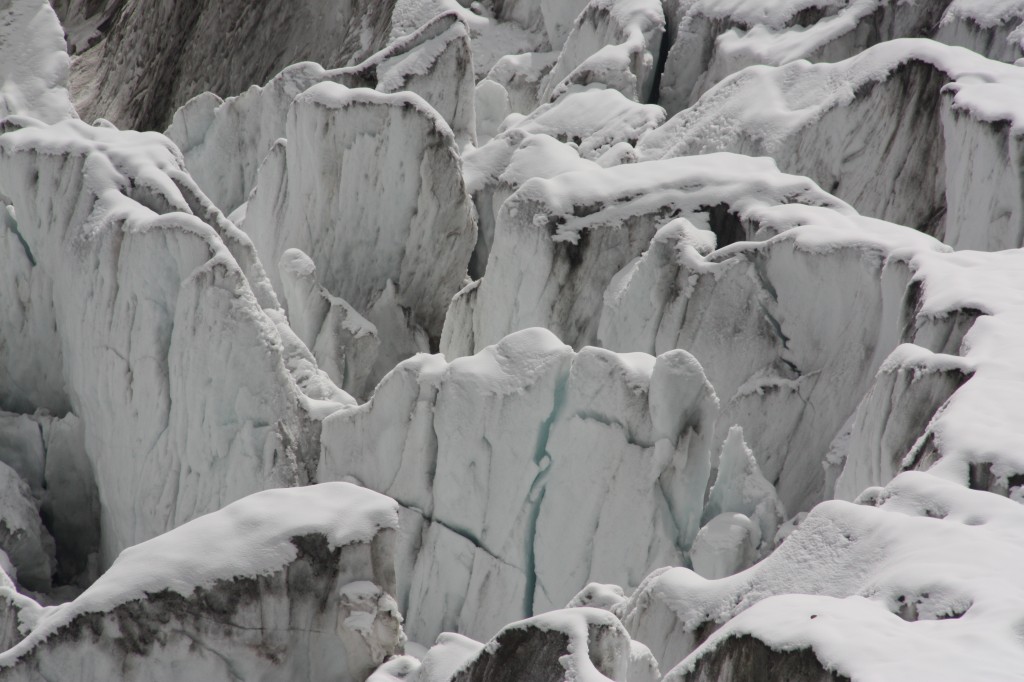

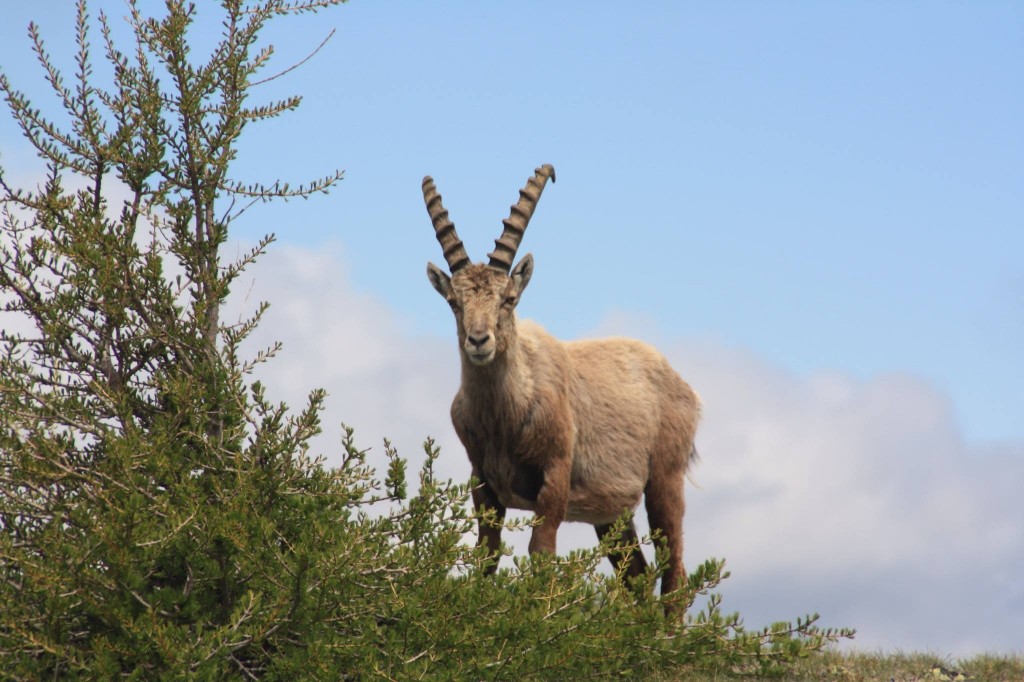
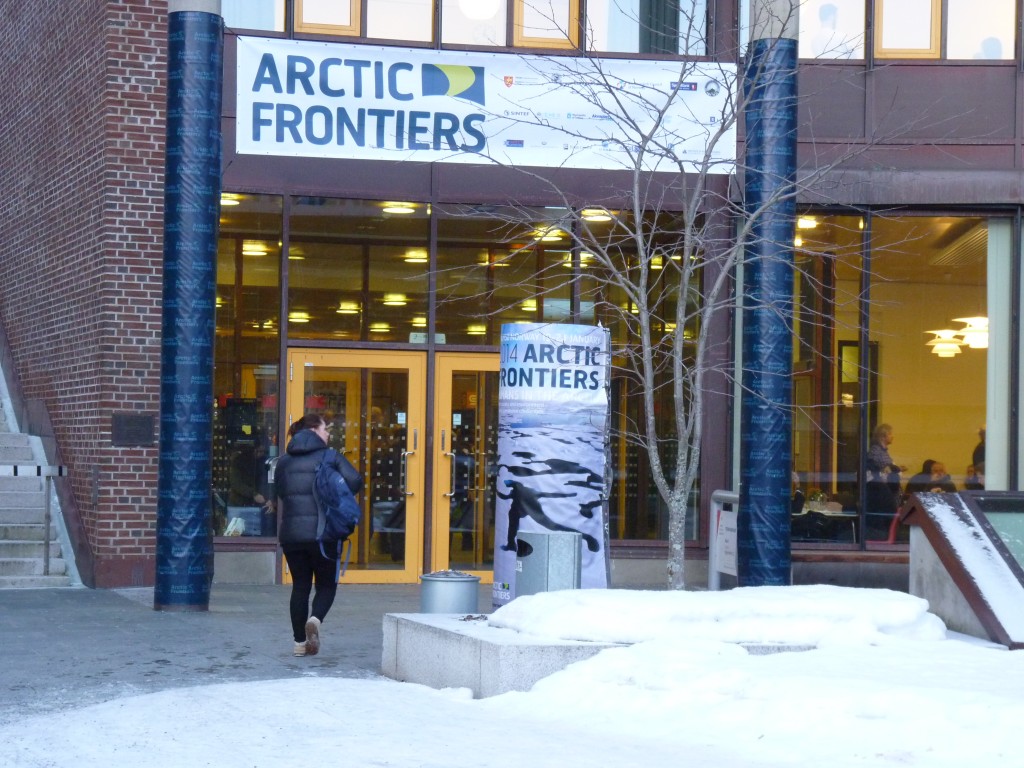
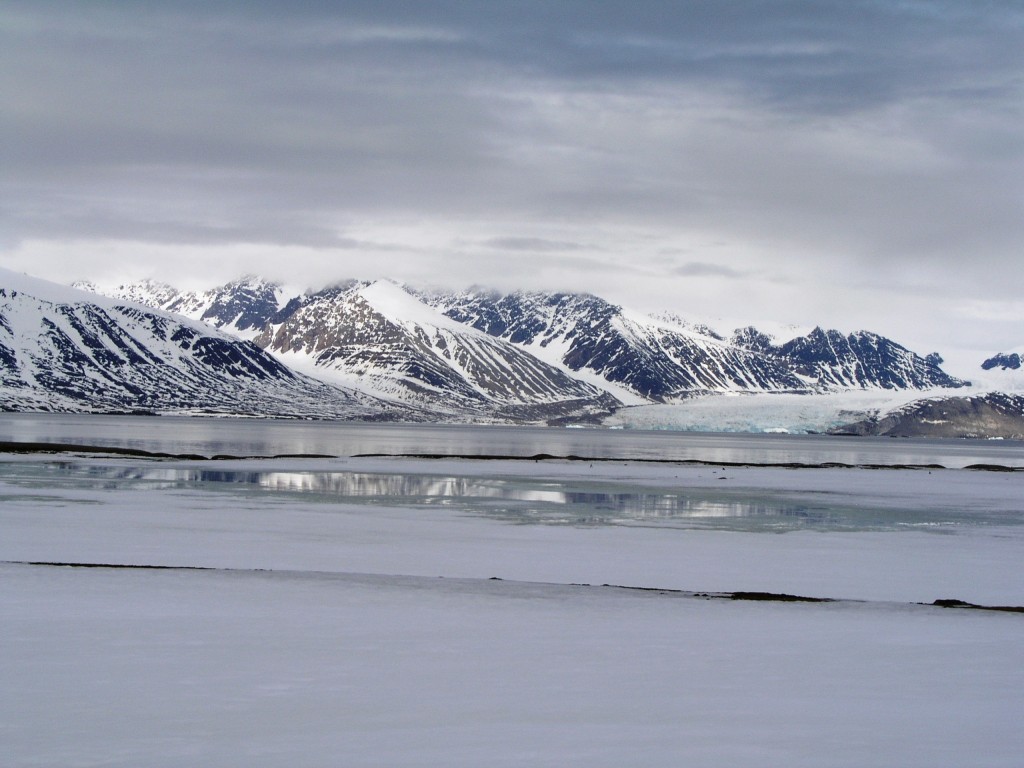

















Feedback